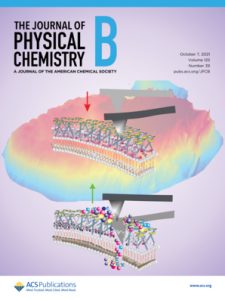 The nanoscale stimulus-perception response in cells elucidates bio-memory and different hierarchies, adaption and viability under extreme environmental conditions.
The nanoscale stimulus-perception response in cells elucidates bio-memory and different hierarchies, adaption and viability under extreme environmental conditions.
The unusual high viability of different cell classes (e.g. fungi, carcinogenic cells) under extreme environmental conditions is deciphered by applying complexity and hierarchy novel mathematical models together with experimental approaches (Nano-indentation, Raman spectroscopies, DNA electrophoresis). Memory functionality appears from the cell’s noise signatures via the scaling exponents of relaxation functions and the power spectral densities under the external stimuli. The methodologies exploit nano-resolution of force-time derivatives that reveals bio-memory. The results elucidate the notable high viability of fungal cells under extreme Space conditions, including exposure to Solar radiation (VUV), low and high vacuum and temperature, and also the high resistivity of cancer cells to chemotherapy.
Key publications
Viscoelasticity and Noise Properties Reveal the Formation of Biomemory in Cells.
E. Bakalis, V. Gavriil, A.C. Cefalas, Z. Kollia, F. Zerbetto and E. Sarantopoulou,
J. Phys. Chem. B , 125, 39, 10883–10892 (2021).
DOI:10.1021/acs.jpcb.1c01752
Viability of Cladosporium herbarum spores under 157 nm laser and vacuum ultraviolet irradiation, low temperature (10 K) and vacuum.
E. Sarantopoulou, A. Stefi, Z. Kollia, D. Palles, P. S. Petrou, A. Bourkoula, G. Koukouvinos, A. D. Velentzas, S. Kakabakos and A. C. Cefalas,
J. Appl. Phys.116, 104701 (2014).
DOI:10.1063/1.4894621